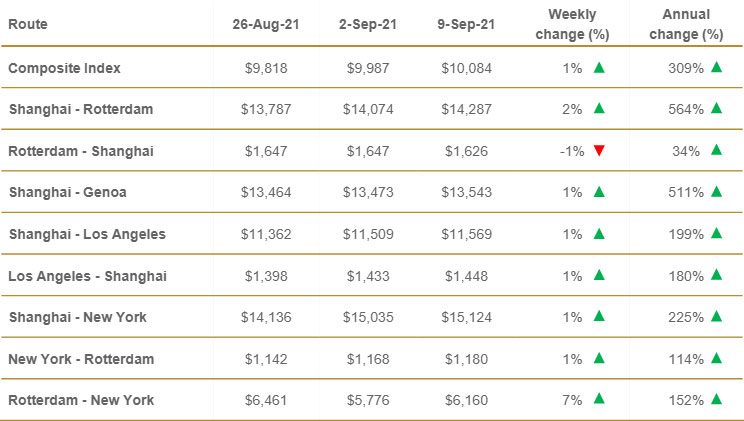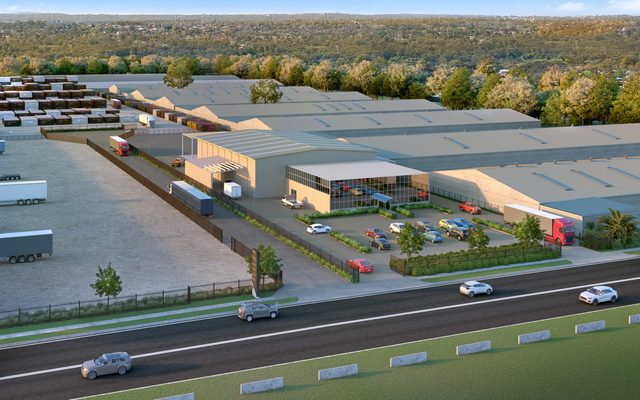This article is from the Australian Property Journal archive
THE Asia Pacific region last year captured more than a quarter of the revenue share of the US$184.5 billion global retail logistics market.
According to Precedence Research, Asia Pacific is the front-runner in the global retail logistics market capturing the highest revenue share of nearly 26%, and is expected to continue its run of dominance.
The global retail logistics market is expected to surpass US$465 billion by 2030.
The e-commerce market in the Asia Pacific hit US$1.4 trillion during the pandemic-dominated 2020. China accounts for nearly 63% of the total digital buyers in the region followed by India and Japan with a share of 10.4% and 9.4% respectively.
North America and Europe captured considerable market revenue share in the global retail logistics market in 2019 owing to the more established networks in the regions.
The World Trade Organization has forecast the share of the service sector in global trade is expected to rise by 50% by the year 2040. Additionally, if the developing countries respond faster in the adoption of digital technologies their global share in retail services (is) expected to hit 15% by 2040.
Road transport captured the majority of revenue share among transport modes in 2020, with more than 52%.
The retail logistics boom has put pressure on global supply chains and seen shipping rates soar by over 300%, as consumers demand their goods to be delivered faster.
Recent data from independent maritime research consultancy Drewry shows the World Container Index has surpassed US$10,000 to US$10,083.84 per 40ft container – a 309% increased from 2020.
This is the 21st consecutive week of increases.
In some of the world’s most popular routes, for example from Shanghai to New York, the cost has jumped from US$2,500 in 2019 to US$15,124.
An Asialink Business report by Toll Group, said across Australia and Asia need to invest in building resilient supply chains that can keep pace with the explosion of e-commerce and changing consumer expectations around sustainability.
However, Australian business needs to accelerate the uptake of technologies that impact their supply chain or risk being left behind. This is particularly acute for small/medium business. The survey revealed that 27% of medium business, and just 13% of small business are investing in AI for supply chains, compared with 42% of big business.
Meanwhile technology is not the only tool, businesses are turning towards moving production back home (onshoring) or into nearby countries to build resilient supply chains by diversifying suppliers across the Asia Pacific region and boosting inventory.
Onshoring is particularly appealing to small business, with 30% of those surveyed considering it as an option to improve their resilience, which is higher than 15% of medium size businesses and 8% of large businesses. However, the report said onshoring will only be a viable solution for certain industries in limited circumstances where the domestic manufacturing capability exists.
Toll managing director Thomas Knudsen said businesses face a challenge to transform legacy supply chains for the future.
“But we also have a unique window of opportunity to reorganise and become more adaptive and inter-operable with partners in the region. With supply chains across Asia fundamental to businesses in Australia and beyond, agile planning is critical to future business success,”





